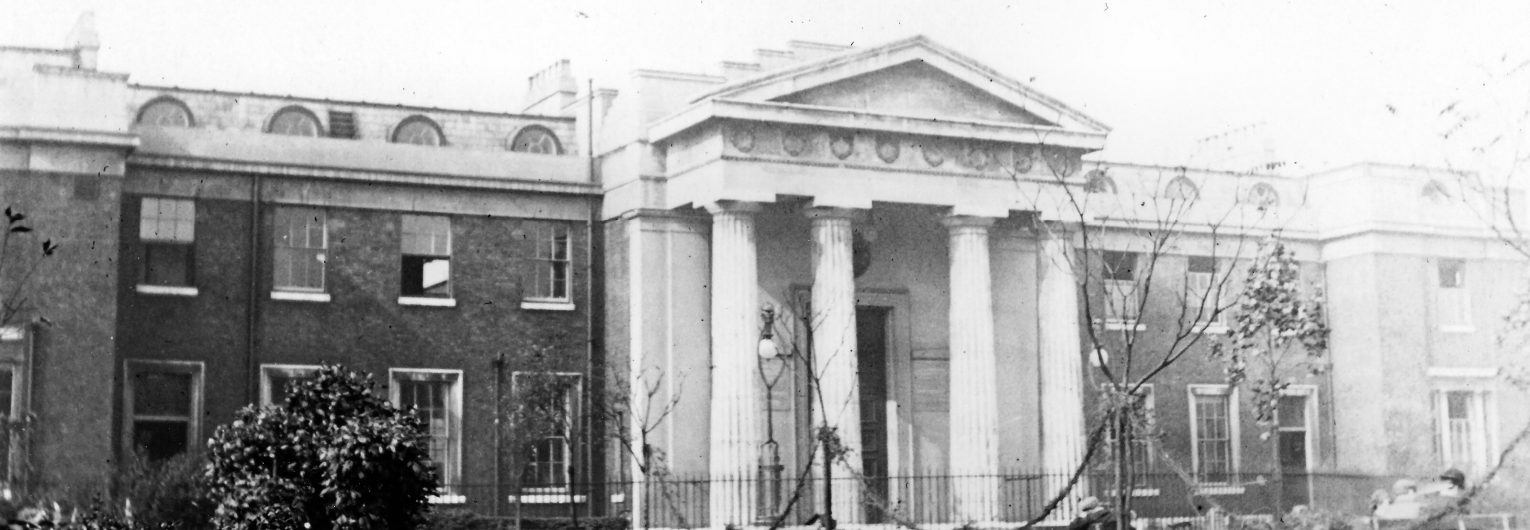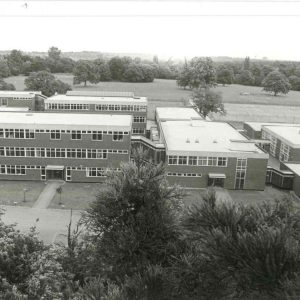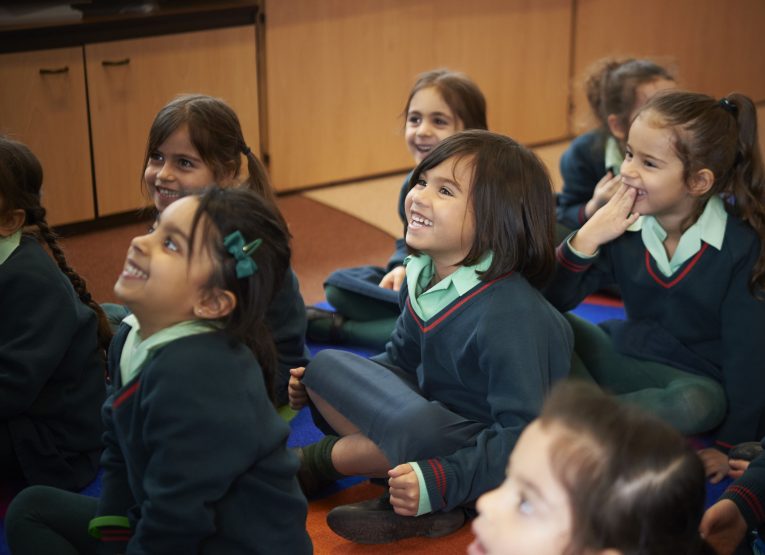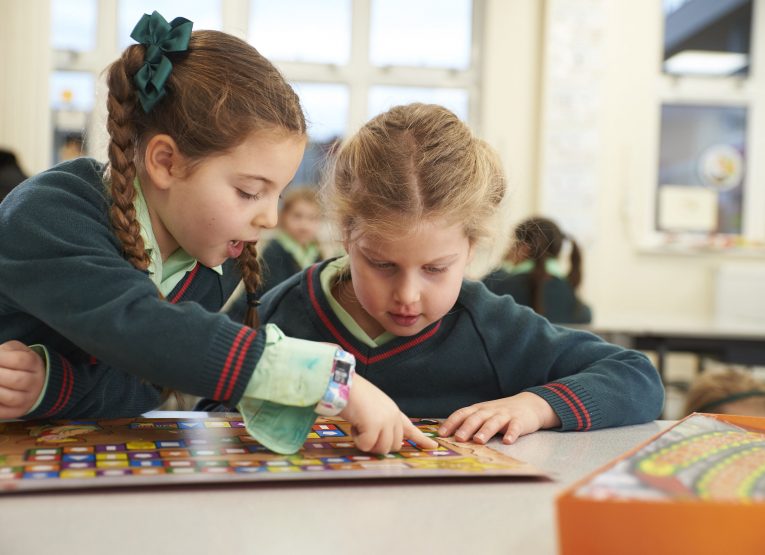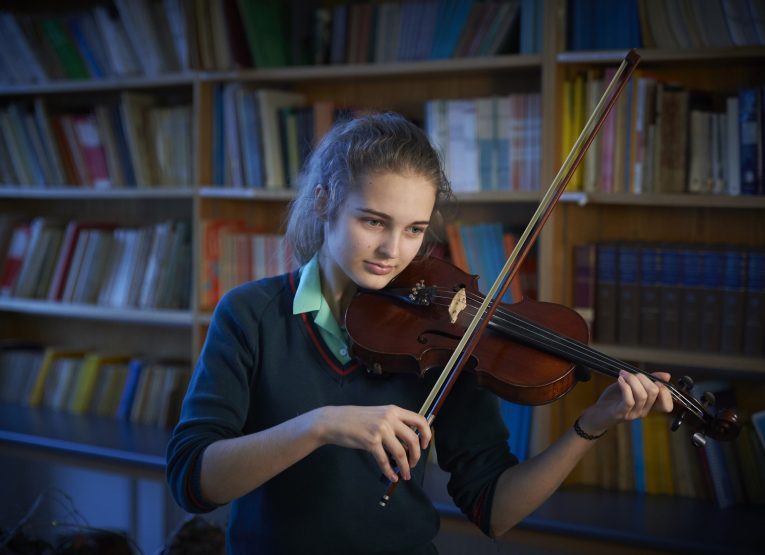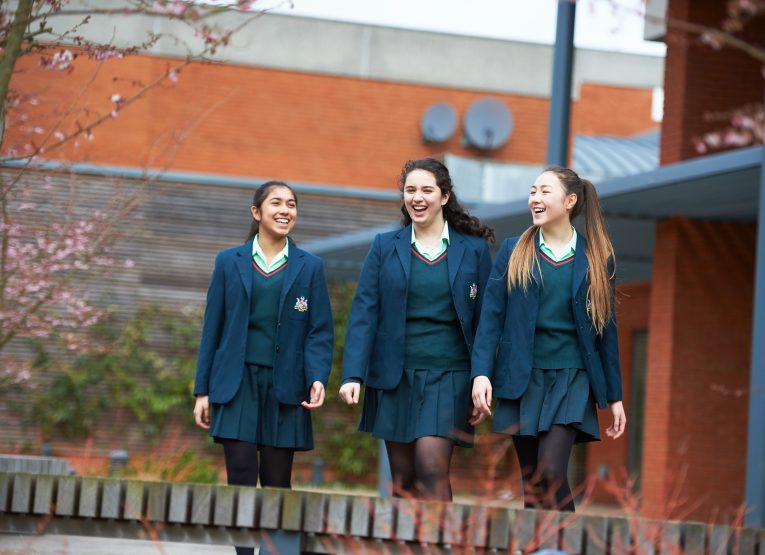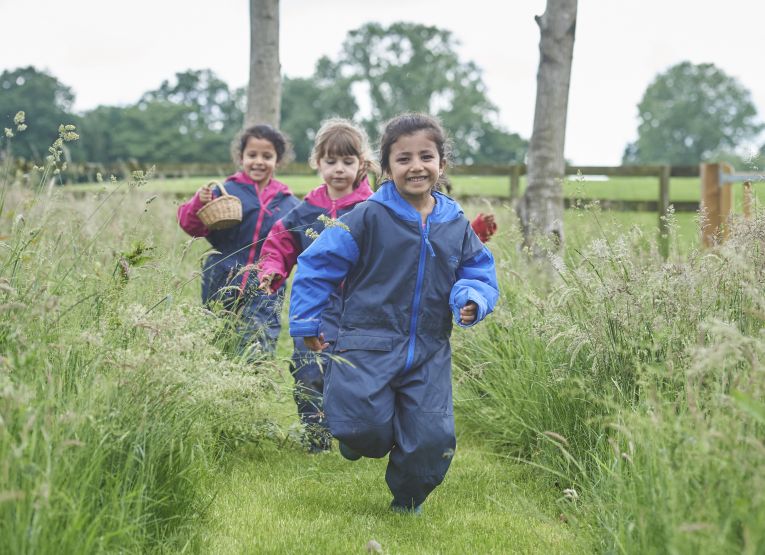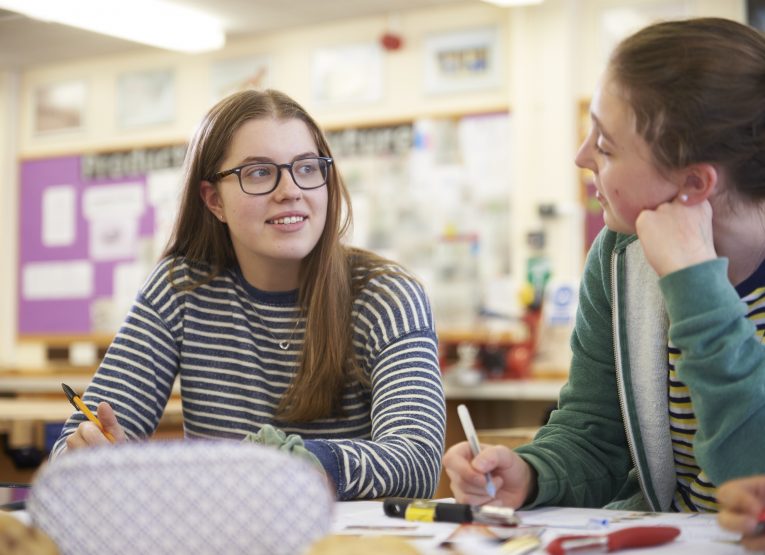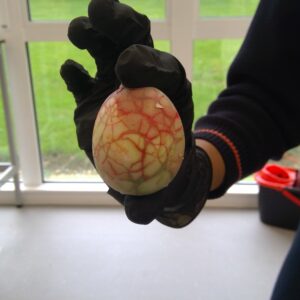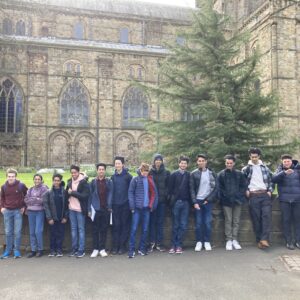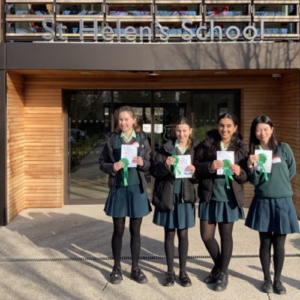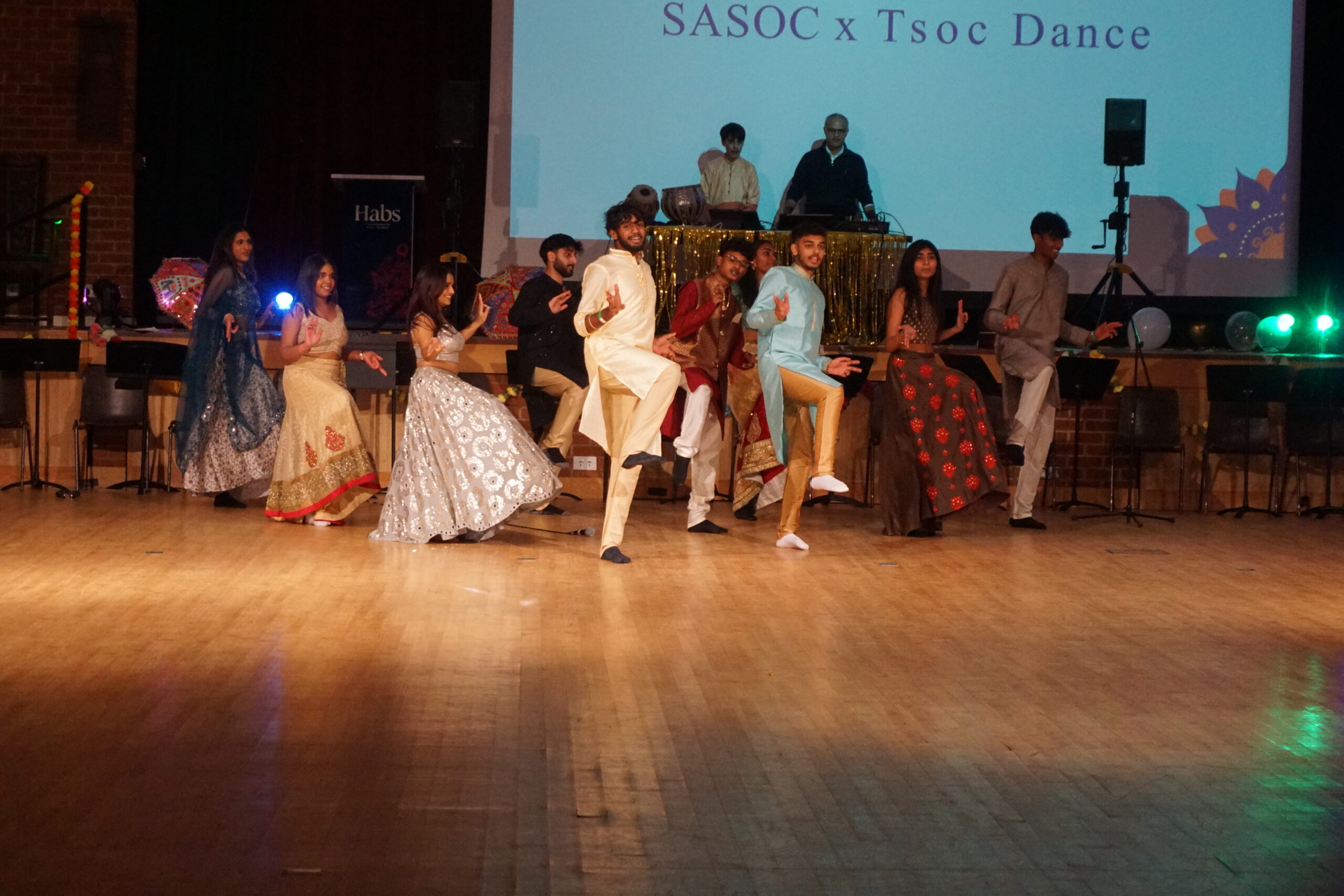History and Tradition
Haberdashers’ Girls’ School was founded in 1875 alongside the Boys’ School. A 21-acre site was purchased in Hoxton, where the almshouse and school were built and the remaining money was incorporated into a charitable foundation managed by the Livery Company. The original buildings fell into disrepair, were demolished in 1824 and replaced with a new building the following year. The running of the Aske’s Hospital, two institutions on the one site, proved problematic as the chaplain responsible for the pensioners clashed with the schoolmaster responsible for the care and education of the Boys’ School pupils.
By the 1860s, a number of factors combined which lead to the closing of the almshouse and the opening of a new school, which could educate a greater number of Boys’ School pupils. The plight of girls’ education was also examined at this time by the Schools Enquiry Commission appointed by Liberal Prime Minister Lord Palmerston to investigate endowed schools such as the Aske’s Hospital. When they discovered that only 12 schools existed for girls compared with 820 that provided education for boys, they set about encouraging the increase in provision for girls’ education. This led to the Haberdashers’ Foundation, establishing a Girls’ School alongside the Boys’ School. The two schools were officially opened by HRH Prince Arthur of Connaught, the third son of Queen Victoria, on 5 June 1875.
When, the second headmistress, Miss Edith Millar, took up her appointment in the autumn of 1888, she set about improving the school’s academic standard and she was very successful. After five years the girls’ examination results had markedly improved but unfortunately the numbers of pupils on the school roll was falling. Miss Millar put this down to the location of the school in what had become a very bustling and rather down at heel suburb which made the journey to school uncomfortable for her ‘girls’ who came from respectable homes outside the locality. She wrote time and again to the School Managers urging them to consider moving the school to a more conducive area. It took a long time but finally in January 1898 three potential plots were viewed on the Springfield Estate in Acton, which was being opened up for development, and in the following months a purchase was agreed. On 1st November 1898 the school commenced work housed in a temporary iron building that had been acquired for the purpose. There were 47 Hoxton pupils and twelve new girls. Over the next three years they studied and watched as the new school was built. It was officially opened on 1st July 1901 by Mrs WM Tudor, the wife of Master of the Haberdashers’ Company. Lessons in the new building commenced in the autumn.
The Acton building was designed to accommodate 300 pupils but it was quickly outgrown and in October 1910 an extension was opened that nearly doubled the capacity to 500 pupils. Additions and alterations continued throughout the time that the school was in Acton with pupil numbers increasing to 650 by 1948 and 720 by 1958. A separate piece of land, near North Ealing station, was purchased in 1926 which became the sports field and a pavilion with changing facilities was added in 1930. The field allowed the introduction of lacrosse and gave the school greater space for other sports. An outdoor swimming pool was built on the main site and opened in 1932 until then girls had been taught to swim at the local Acton baths.
On 3 September 1939, the school was evacuated and 216 pupils and 11 staff took the train down to Dorset. This was not the Headmistress’, Miss Sprules, preferred option but, after months of trying to make private arrangements with various schools in areas that she thought suitable, she had to concede defeat and join the national school evacuation scheme. The arrangements were less than satisfactory and pupils soon began to drift back to their homes. After one term away, skeleton teaching arrangements restarted at Acton in January and by July only 96 pupils remained in Dorset. The school officially returned and re-opened in September 1940. Unfortunately, a few weeks later, on the night of 12th October, the school suffered a direct hit and sustained damage to the library and dining room. Teaching continued on the site throughout the remainder of the war. The library and dining room were eventually rebuilt in the early 1950s and a new Lower School building was squeezed onto the site in 1961 only after the school caretaker’s lodge was demolished. By now the lack of space on the original site with no room to expand, as it was surrounded by residential properties, was proving difficult to handle. A few purchases of adjacent properties were undertaken. The caretaker’s family were re-located into one adjacent property and when the neighbouring bowling club was purchased its clubhouse was utilised for more teaching space. However, a more radical and long lasting solution was required and so the school looked to re-locate for a second time.
Eventually, after a number of permutations had been considered and discarded, a move to a site next door to the Haberdashers’ Boys’ School in Elstree was agreed and building commenced in 1972. The Boys’ School had moved twice once from Hoxton to Hampstead, at the same time as the Girls’ School had moved to Acton, and then to Elstree in 1961.
The school at Elstree was officially opened by HRH Princess Margaret on 1st October 1974. Everything was in place except the swimming pool which was opened two years later after a huge fundraising effort by pupils and parents that met the shortfall in finances to complete the work. In 1976 the school became independent following the demise of the direct grant scheme. Building work and alterations have been made to the original Elstree buildings beginning in 1979 with the Sime Music School.
Haberdashers’ Girls’ School is one of the 11 schools of the Worshipful Company of Haberdashers. The Company provides some funding, guidance and the in-depth experience of our Governors, who sit on the boards of its schools and colleges around the country, participate in social and official events and take a great interest in the well-being of all the pupils in their care.
Please send enquiries to the School Archivist via email on archive@habsgirls.org.uk

